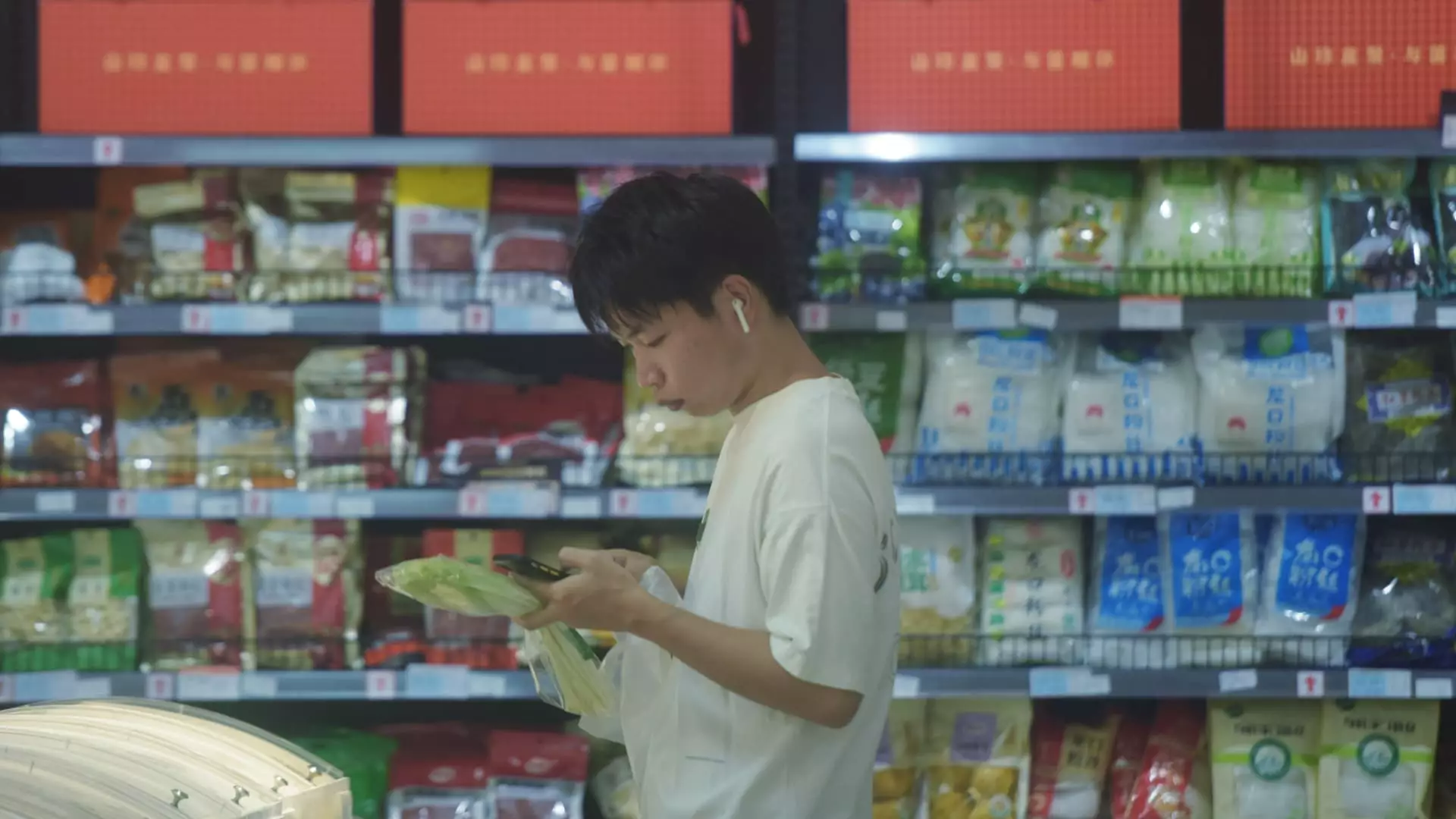Recent data from China’s National Bureau of Statistics paint a concerning picture of the country’s economic performance in August. Retail sales, which are a crucial barometer for consumer spending, increased by only 2.1% compared to the previous year. This figure fell short of economists’ predictions, which had anticipated a growth rate of 2.5%. In addition to this underwhelming performance, it marked a significant deceleration from the growth of 2.7% witnessed in July. The sluggish movement in retail sales indicates a potential crisis of consumer confidence in the world’s second-largest economy.
The industrial production index also demonstrated a slowdown, with growth recorded at 4.5% year-on-year. This figure was below the expected 4.8% and represents a decline from the 5.1% increase noted in July. Such diminishing growth rates in industrial output raise questions about the resilience of China’s manufacturing sector, especially considering global market uncertainties and pressures. The ongoing challenges in the industrial landscape may point to a lack of robust domestic demand, underscoring the fragility of the economic recovery post-COVID-19.
Investment in fixed assets during the January to August period registered a growth of 3.4%, slightly lower than the forecast of 3.5%. Crucially, the data revealed acute weaknesses in infrastructure and manufacturing investments—areas that are vital for long-term economic growth. Meanwhile, the urban unemployment rate saw a slight rise to 5.3%, up from 5.2% in July. National Bureau of Statistics spokesperson Liu Aihua highlighted the influence of graduation season on employment dynamics but also acknowledged that stabilizing job growth is an ongoing struggle. For young workers aged 16 to 24, a staggering youth unemployment rate of 17.1% was reported, suggesting a pressing need for targeted interventions to better integrate this demographic into the workforce.
The National Bureau of Statistics did not shy away from addressing the impact of adverse external conditions on China’s economy. They warned that a sustainable recovery is currently hindered by various challenges. This aligns with recent hard data that suggest a concerning stagnation in consumption patterns. Import growth remained lukewarm at just 0.5%, alongside a more robust export increase of 8.7%. However, the mixed signals of rising exports but stagnant imports reveal a concerning imbalance that could complicate the country’s economic trajectory.
As China prepares for the upcoming Mid-Autumn Festival—a time traditionally marked by family gatherings and consumption—the government grapples with the pressing need for large-scale stimulus measures to invigorate the economy. Despite the festivity on the horizon and a brief pause in working days, the underlying economic troubles cannot be overshadowed. The failure to meet growth expectations, coupled with evidence of waning consumer enthusiasm, paints a complex picture for the months ahead. It emphasizes the necessity for policymakers to acknowledge and address internal economic shortcomings while navigating the labyrinth of external pressures.

